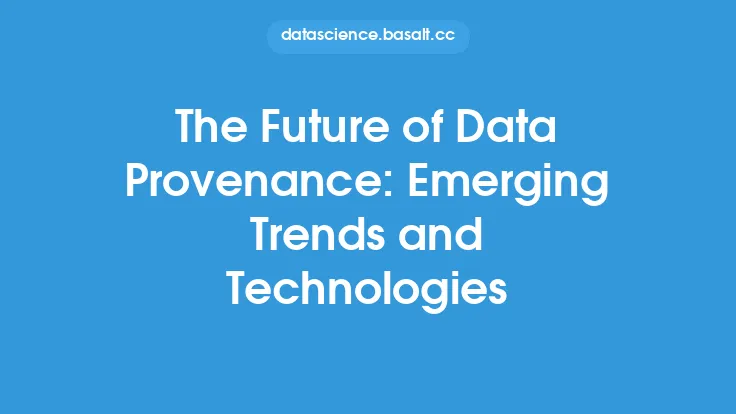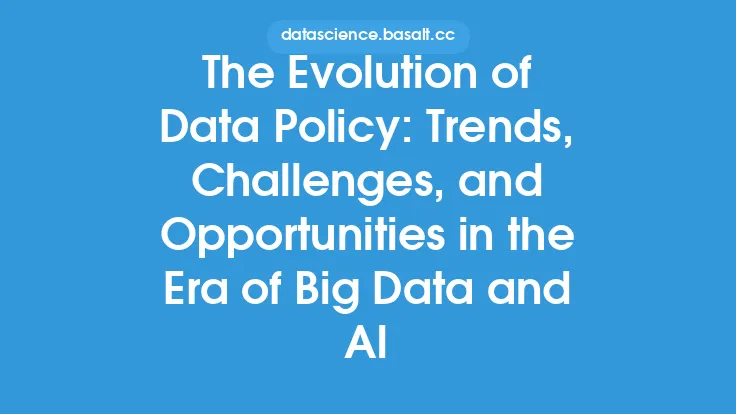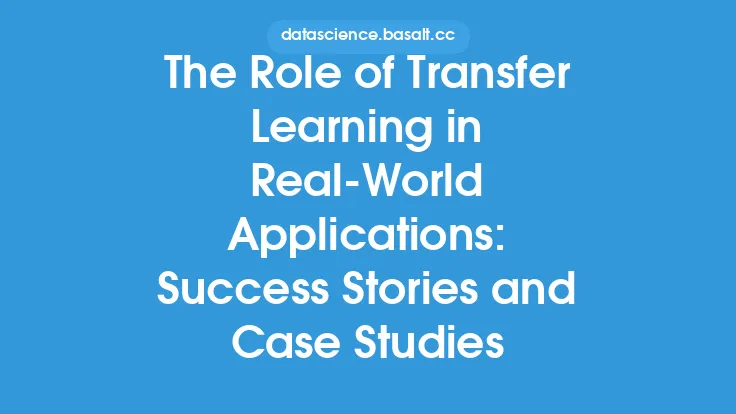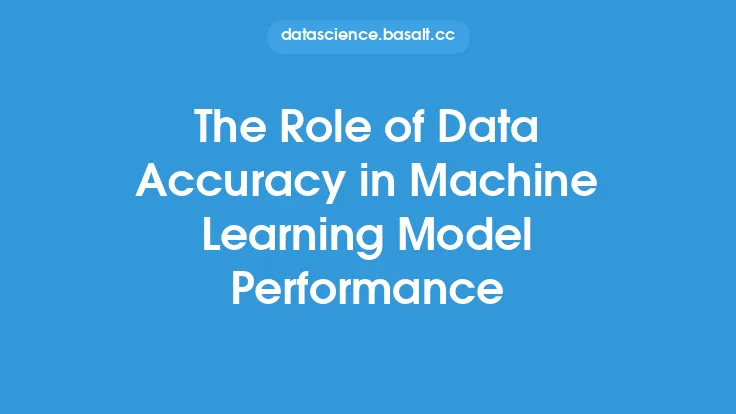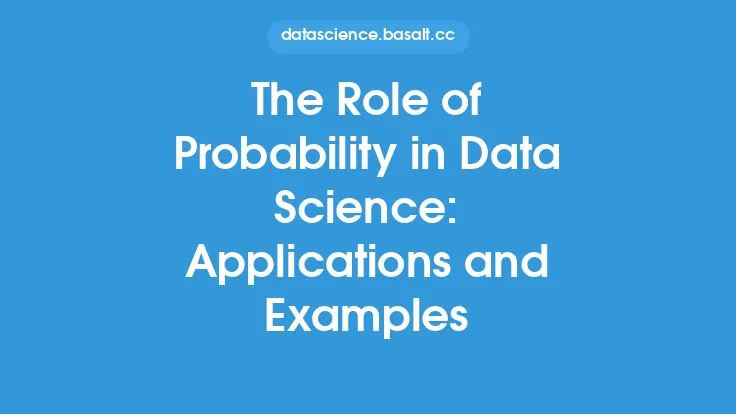The increasing reliance on machine learning and artificial intelligence (AI) in various industries has led to a growing need for transparency and accountability in these systems. One crucial aspect that enables this transparency is data provenance, which refers to the documentation of the origin, processing, and evolution of data throughout its lifecycle. In the context of machine learning and AI applications, data provenance plays a vital role in ensuring the reliability, trustworthiness, and explainability of these systems. This article will delve into the benefits of data provenance in machine learning and AI applications, highlighting its significance in maintaining data quality, facilitating model interpretability, and promoting reproducibility.
Introduction to Data Provenance in Machine Learning
Data provenance in machine learning involves tracking the data used to train, validate, and test models, as well as the transformations and processing applied to this data. This information is essential for understanding how the data was generated, processed, and used, which in turn helps to identify potential biases, errors, or inconsistencies. By maintaining a record of data provenance, machine learning practitioners can ensure that their models are fair, reliable, and transparent. Moreover, data provenance enables the identification of the data sources, which is critical in scenarios where data is aggregated from multiple sources, each with its own set of characteristics and potential biases.
Benefits of Data Provenance in Machine Learning
The benefits of data provenance in machine learning are multifaceted. Firstly, it enhances model interpretability by providing insights into how the data was used to train the model. This is particularly important in high-stakes applications, such as healthcare or finance, where the consequences of model errors can be severe. Secondly, data provenance facilitates model reproducibility, allowing researchers and practitioners to replicate results and build upon existing work. This reproducibility is essential for advancing the field of machine learning and ensuring that models are reliable and consistent. Thirdly, data provenance helps to identify and mitigate potential biases in the data, which can lead to unfair or discriminatory outcomes. By understanding the origin and processing of the data, practitioners can take steps to address these biases and ensure that their models are fair and equitable.
Data Provenance and Model Explainability
Model explainability is a critical aspect of machine learning, as it enables practitioners to understand how models arrive at their predictions. Data provenance plays a key role in model explainability by providing insights into the data used to train the model. By analyzing the data provenance, practitioners can identify which features of the data are most influential in the model's predictions, which can help to explain the model's behavior. Furthermore, data provenance can help to identify potential issues with the model, such as overfitting or underfitting, which can be addressed through techniques such as regularization or data augmentation.
Technical Implementation of Data Provenance
The technical implementation of data provenance in machine learning involves several components. Firstly, a data catalog is required to store metadata about the data, including its origin, processing, and transformations. This catalog can be implemented using a variety of technologies, such as relational databases or graph databases. Secondly, a data lineage system is needed to track the flow of data through the machine learning pipeline. This system can be implemented using technologies such as Apache Beam or Apache Spark. Thirdly, a provenance framework is required to integrate the data catalog and data lineage system, providing a unified view of the data provenance. Examples of provenance frameworks include W3C PROV and Open Provenance Model (OPM).
Challenges and Future Directions
Despite the benefits of data provenance in machine learning, there are several challenges that need to be addressed. Firstly, the implementation of data provenance can be complex and time-consuming, requiring significant resources and expertise. Secondly, the storage and management of provenance data can be challenging, particularly in scenarios where the data is large or complex. Finally, there is a need for standardized frameworks and protocols for data provenance, which can facilitate interoperability and reuse of provenance data. Future directions for data provenance in machine learning include the development of more efficient and scalable provenance frameworks, as well as the integration of data provenance with other aspects of machine learning, such as model interpretability and explainability.
Conclusion
In conclusion, data provenance is a critical aspect of machine learning and AI applications, enabling transparency, accountability, and reproducibility. By tracking the origin, processing, and evolution of data, practitioners can ensure that their models are fair, reliable, and trustworthy. The benefits of data provenance in machine learning are numerous, ranging from enhanced model interpretability to improved model reproducibility. While there are challenges to be addressed, the future of data provenance in machine learning is promising, with potential applications in a wide range of industries and domains. As the field of machine learning continues to evolve, the importance of data provenance will only continue to grow, enabling the development of more transparent, accountable, and reliable AI systems.
